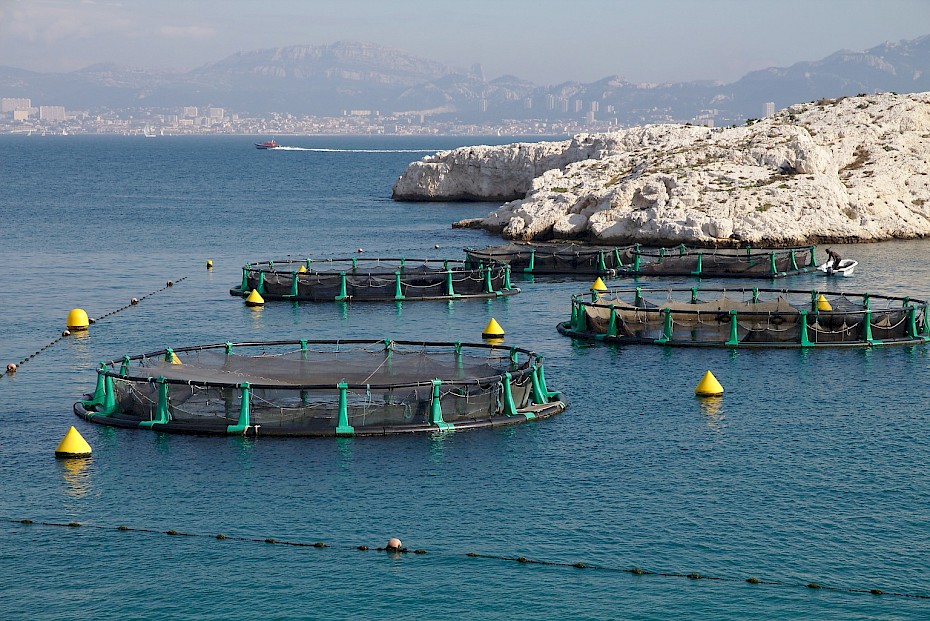Region IV: Bay of Biscay and Iberian Coast
The bottom topography of Region IV and coastlines are highly diversified, including the continental shelf and slope and parts of the abyssal plain. Ecosystems in Region IV are very rich, support a rich fish fauna and have a particular importance for migratory birds. Main human activities in Region IV are fishing, maritime transport and tourism.
The Bay of Biscay and Iberian Coast region extends from 48°N to 36° N and from 11° W to the coastlines of France, Portugal and Spain. The bottom topography of Region IV is highly variable, from continental shelf to abyssal plain. In Region IV some remarkable topographic features such as seamounts, banks and submarine canyons can be found. The coastline is also highly diversified with estuaries, rias and wetlands, which all support extremely productive ecosystems.
The main human activities in the region include tourism, fishing and aquaculture, shipping, sand and gravel extraction, and new development of wave, tide and wind power generation. The coastal strip has an increasing high population density. Industries of various types, agriculture and land based activities are located along the coasts.

The Bay of Biscay and Iberian Coast region is situated in temperate latitudes with a climate that is strongly influenced by the inflow of oceanic water from the Atlantic Ocean and by the large scale westerly air circulation which frequently contains low pressure system. Large storms occur in the Bay of Biscay, especially during the winter months.
Region IV is highly diverse, having many different types of coastal habitats, such as rocky cliffs, shingles, rocky shores, sandy and muddy shores, coastal lagoons and estuaries. A large variety of marine mammal's species, both boreal and temperate, have been reported in the region, including 30 species of cetaceans and 7 species of seals. Even if the seabird community is dominated by sea gulls, the Iberian Peninsula is at a strategic geographical position regarding the migratory behaviour of other seabird species. The nesting seabird community is very poor in comparison with other European Atlantic areas, but it improves appreciably during migrations and winter. The autumn passage of species such as Balearic shearwater or great cormorant is particularly important in the region. As for fish, 700 described species are present in Region IV. Due to oceanographic conditions, many species reach their southern or northern limits of distribution in the Bay of Biscay such as the Albacore or the bluefin tuna which live in subtropical areas of the western Atlantic and make annual migrations to the Bay of Biscay. The majority of fish in Region IV are species living near the bottom of the sea (for example sole, dogfish or blue whiting) with limited geographical range, unless they are deep-water species. Pelagic fish such as sardine or mackerel have wide geographic distribution from Africa to Northern Europe.

